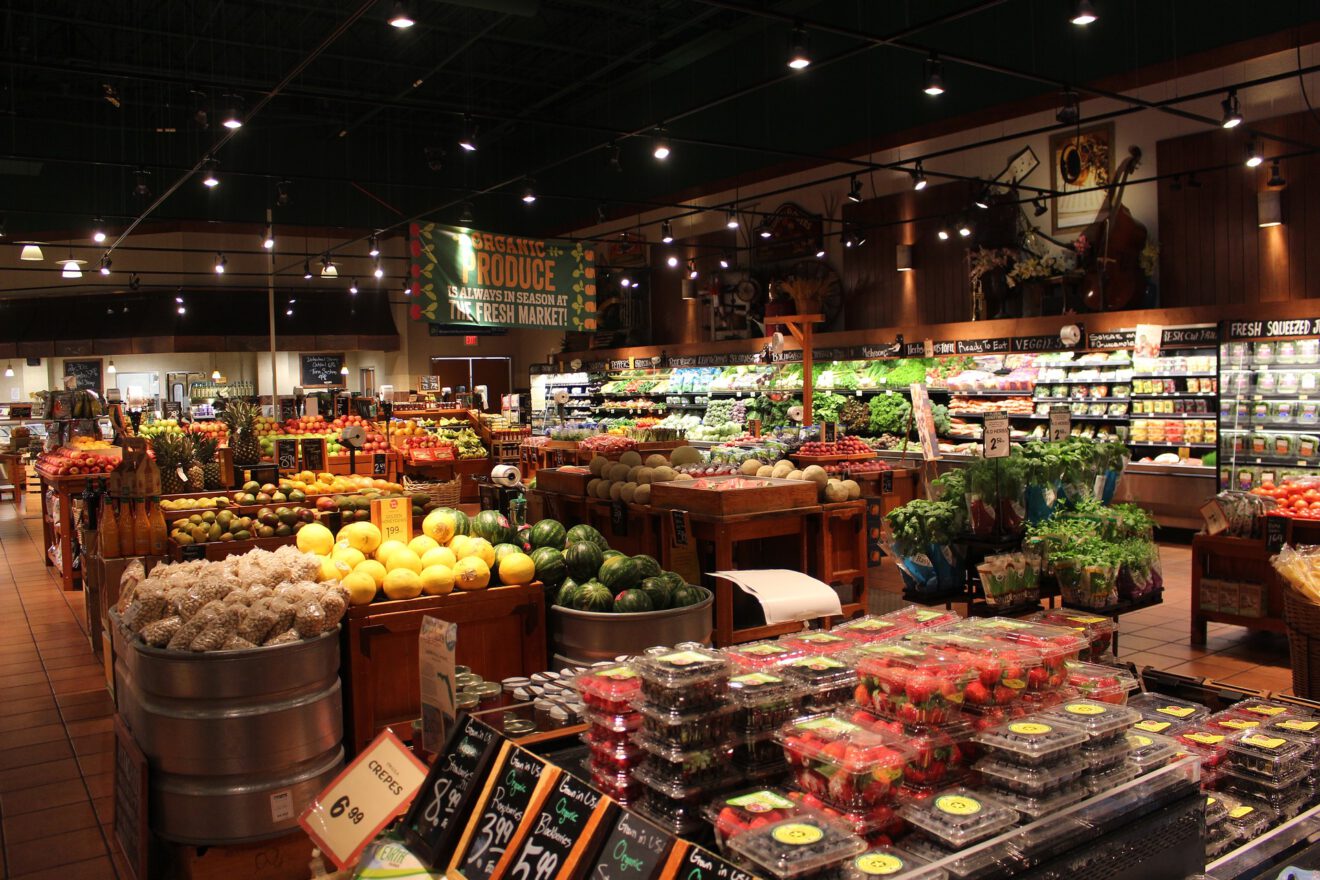This post is sponsored by Acosta.
Grocery retail is undergoing a sea change as fresh departments around the perimeter grow and the center store recedes. In this interview, Acosta Senior Vice President, Fresh Foods Bryan Chartrand discusses what is driving the change, how retailers can cater to consumers’ changing needs and what the perimeter department of the future will look like.
What are the top three factors causing the perimeter categories to grow while the center store shrinks?
First, changing consumer dynamics is a big factor in driving foot traffic to the perimeter categories. This includes better health education, and the rise of popular consumer lifestyle choices like the keto and Whole 30 diets that are all driving shoppers to find healthier, less processed food in their local grocery store. Second, the rise of immediate consumption food options available in some perimeter departments allows retailers offer new, convenient breakfast, lunch and dinner options. These options also allow retailers to differentiate themselves from other grocery stores and from the local pizza shop, sandwich shop or scratch bakery. Third, social media sites like Instagram and Pinterest have exposed a new generation that enjoy scratch cooking and healthy eating. The perimeter categories present a sort of treasure hunt for these shoppers, looking for new varieties of deli meats, cheeses and exotic flavors to introduce to their loved ones.
How does this trend differ from market to market? What does the growth of fresh look like in different regions or different segments (natural/specialty vs mass channel)?
The great thing about the perimeter categories is that the retailer can really tailor their assortment to the needs of their local shopper. Southern retailers aim to maximize their assortment of meats fit for the barbecue or smoker. Retailers situated along the coasts have great local seafood options that can provide unique center-of-the-plate options for their shopper. The perimeter departments can take on a local feel, which may even change within the same banner depending on the location of the store.
What challenges does the growth of fresh departments cause for retailers?
Having a robust, well-stocked produce, bakery and meat department has a great visual appeal to the shopper entering the store, but the retailer must balance that visual with overabundant product shrink and food waste. Food waste is a global issue with millions of tons going to waste annually, and producers and retailers have a shared accountability to limit the food we throw away by optimizing store operations. Food safety is another major concern with perimeter categories, so retailers must ensure their staff are well trained in maintenance and cleaning protocols. Cleaning out floor drains, display cases and produce misters are all small steps toward ensuring proper food safety conditions. Foodborne illness is serious stuff, and a well-maintained department and well-trained staff is a big part of the prevention.
What can retailers do to make their fresh departments stand out and help shoppers see them as destinations?
Merchandising local produce and what’s in season on feature endcaps that are visible right as one enters the store will show shoppers they can trust the retailer is getting the freshest product in their basket for their family. Cross-promoting and pairing specialty cheeses and meats with wines and local craft beers can help the shopper plan for special events and holidays. Shoppers are also extremely sensitive to the cleanliness and order of the fresh perimeter categories, so the retailer must ensure the proper food safety measures are taking place.
What does the perimeter department of the near future look like?
Retailers will continue to differentiate themselves by offering new in-store services to attract shoppers. Fruit and vegetable washing and chopping stations are a great service to offer free of charge for shoppers looking to save some time at home. I predict a continuing blend of “better for you” options with traditional staples, e.g. protein enhanced baked goods, “powerfood” smoothie bars and plant-based meat options that are indiscernible from their animal-based counterparts. In-store educational digital platforms that inform the shopper about new recipes, pairings and ingredient standard descriptions will make the food retailer a trusted advisor to consumers looking for culinary ideas and clarity.
Bryan Chartrand is Acosta’s senior vice president of fresh foods. He joined Acosta in 2011 and has held various roles across the company. In his previous role, he was responsible for business development across dairy, frozen and fresh foods.
____________________________________________
If you enjoyed this article, sign up for FMI dailyLead to get news like this in your inbox, or check out all of SmartBrief’s food and travel newsletters, as we offer more than 30 newsletters covering the food and travel industries from restaurants, food retail and food manufacturing to business travel, the airline and hotel industries and gaming.
